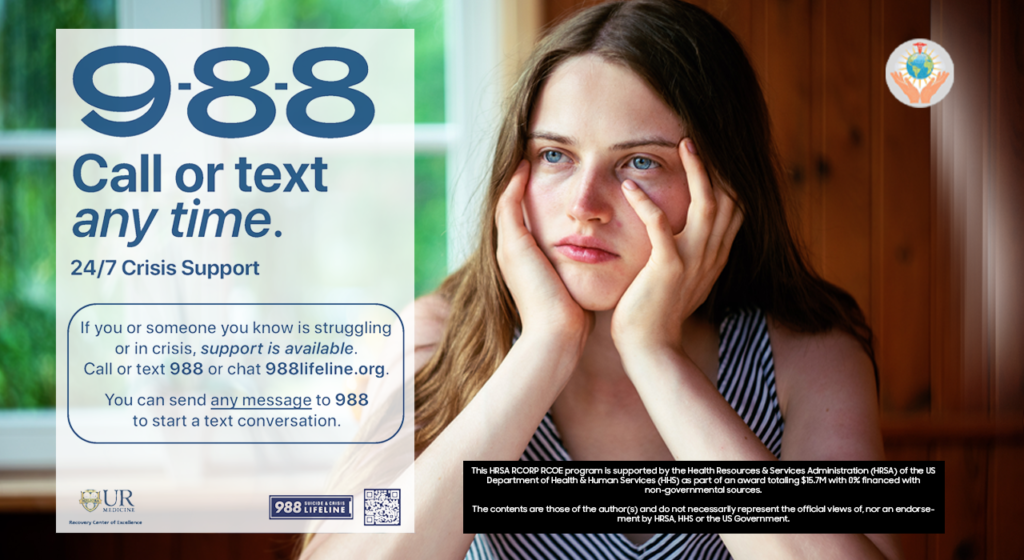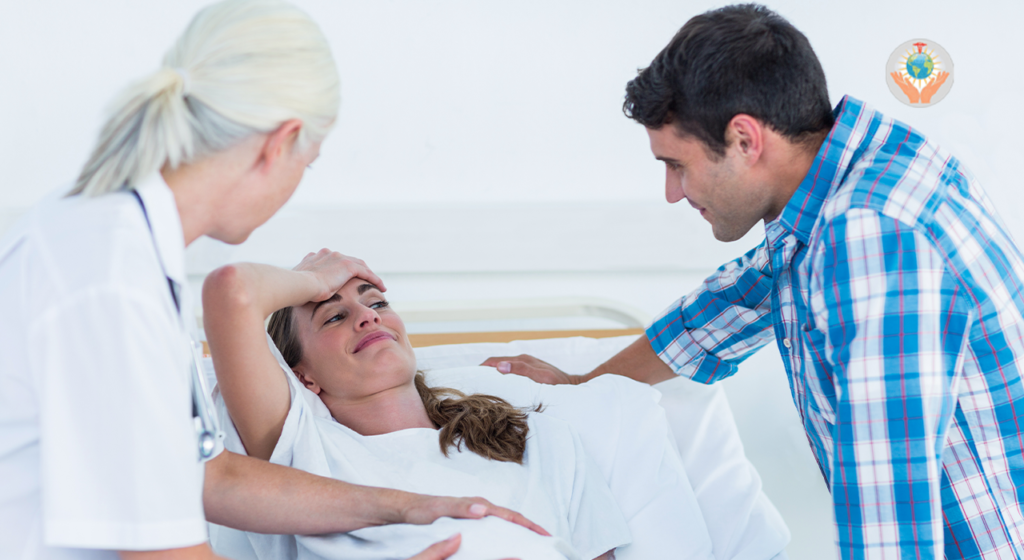Introduction
Indiana, like many other states, is facing serious challenges when it comes to mental health and substance use disorders (SUD).
From rising rates of opioid addiction to the growing need for mental health services, families and communities are being deeply impacted.
If you or someone you know is struggling, it’s important to understand current trends, available resources, and where to find trusted help in Indiana.

Current Trends in Indiana
High unmet need for mental health treatment
Many adults in Indiana who live with serious mental illness are not receiving the care they need.
Barriers such as cost, stigma, limited providers, and long wait times keep people from getting essential support.
Substance use disorders remain widespread
Tens of thousands of Hoosiers are living with alcohol or drug dependency. The opioid crisis continues to drive overdose deaths, while methamphetamine and alcohol misuse remain serious public health concerns.
Co-occurring disorders are common
Mental health challenges and substance use disorders often appear together. Treating both at the same time, through dual-diagnosis care, leads to stronger outcomes and lowers relapse rates.
Policy expansion and access programs
Indiana is expanding services through programs like Certified Community Behavioral Health Clinics (CCBHCs), which provide mental health and addiction services regardless of insurance.
The launch of the 988 suicide and crisis lifeline has also made immediate help more accessible statewide.
Economic and social impact
Untreated mental health and substance use disorders strain families, workplaces, and healthcare systems. Lost productivity, increased ER visits, and rising costs highlight the need for better access to care.
Barriers to Treatment
- Workforce shortages: There aren’t enough mental health professionals across many Indiana counties.
- Stigma: Many still avoid seeking help due to fear or shame.
- Financial challenges: Some lack insurance, while others face high out-of-pocket costs.
- Geographic gaps: Rural areas often have fewer treatment centers.
- Confusion: Many people simply don’t know where to begin.

Where to Find Help in Indiana
Certified Community Behavioral Health Clinics (CCBHCs)
Provide comprehensive outpatient services including therapy, addiction recovery, and crisis intervention.
Examples include Adult & Child Health, Centerstone of Indiana, and Eskenazi’s Sandra Eskenazi Mental Health Center.
Opioid Treatment Programs (OTPs) and MAT Clinics
Offer Suboxone, methadone, and counseling to treat opioid addiction. These programs help reduce cravings, stabilize withdrawal symptoms, and support long-term recovery.
Outpatient Clinics and Community Mental Health Centers
Provide therapy, relapse prevention programs, and dual-diagnosis care. Options are available in both urban and rural Indiana communities.
Crisis Hotlines and Emergency Services
The 988 hotline provides immediate, 24/7 crisis support. Many counties also have crisis response teams for on-the-spot interventions.

What to Look for in a Provider
When choosing a treatment center or clinic, check for:
- Licensed and accredited staff
- Availability of Medication-Assisted Treatment (MAT)
- Support for co-occurring disorders
- Accessibility (location, telehealth, flexible hours)
- Continuum of care (outpatient, inpatient, counseling, relapse prevention)
- Crisis support options
Taking Action
If you or someone you know is struggling:
- Reach out to a local community health center or addiction treatment program.
- Ask about Suboxone doctors or substance abuse counselors who specialize in opioid addiction.
- Use the 988 hotline for immediate help in a crisis.
- Explore outpatient options if you need treatment while maintaining work or family responsibilities.
- Don’t wait—early intervention can make recovery more effective and long-lasting.

Why This Matters
Addressing mental health and substance use disorders is not just about saving lives, it’s about restoring families, strengthening communities, and improving quality of life. Indiana is investing in better services, but awareness and action from individuals and families remain critical.

Final Thoughts
Mental health and substance use disorder trends in Indiana highlight both urgent challenges and hopeful progress.
With programs expanding, clinics improving, and more professionals dedicated to care, recovery is within reach. If you are in Indiana and seeking help, remember:
- You are not alone.
- Trusted professionals are available.
- Taking the first step today could change your future.

